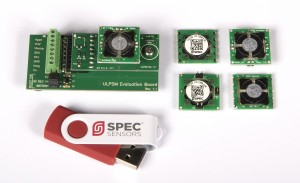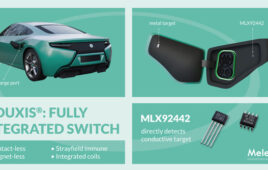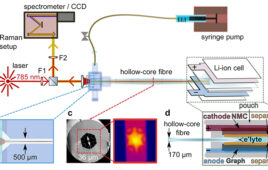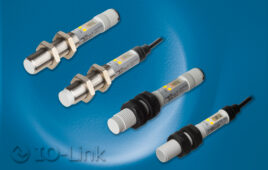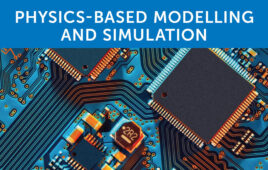First, you must have an ozone sensor that meets your application’s requirements. Must haves could include:
- Measurement Range 0 to 20 ppm
- Lower Detection Limit <0.1ppm
- Resolution <0.1ppm
- Accuracy <± 2% of reading
- Small Size with Low Profile (15x15x3mm)
- Long Life (10 years expected life)
- Fast Response (15 seconds typical)
- Long Term Stability (50 ppm overload)
- Low Power (0 mW @ 0 mV bias)
- Individually Calibrated
If these meet the design criteria, SPEC Sensors 110-406 Ozone sensor should be considered. The electrochemical sensor generates a current proportional to the volumetric fraction of the gas.
A typical electrochemical sensor has two electrodes in contact with a liquid electrolyte: a working electrode delivers the current, the output signal of the sensor, and a counter-electrode completes the circuit. Adding a third electrode, called the reference electrode, improves the stability, signal-to-noise ratio and response time of the 2-electrode design.
Unlike previous electrochemical gas sensors that were bulky and hard to manufacture in high volumes, SPEC Sensors uses high-volume plastic lamination and printed electronics techniques to manufacture high-performance electrochemical gas sensors in a thin, lower cost package. This Screen-Printed ElectroChemical (SPEC) process provides the foundation for the company’s sensing products and the name for SPEC Sensors.
To address the rapid integration into your design, the company’s Ozone Gas Analog Sensor Developer Kit includes:
- A printed circuit board analog circuit with bias and gains settings for the Ozone gas sensor
- An adapter board with battery and terminal block for simple lab bench setup
- 5 Ozone sensors for testing, prototyping, and design
- An ultra-low power analog interface circuit (potentiostat) Reference Design with schematic, parts list and Gerber/design files.
Filed Under: Sensor Tips

